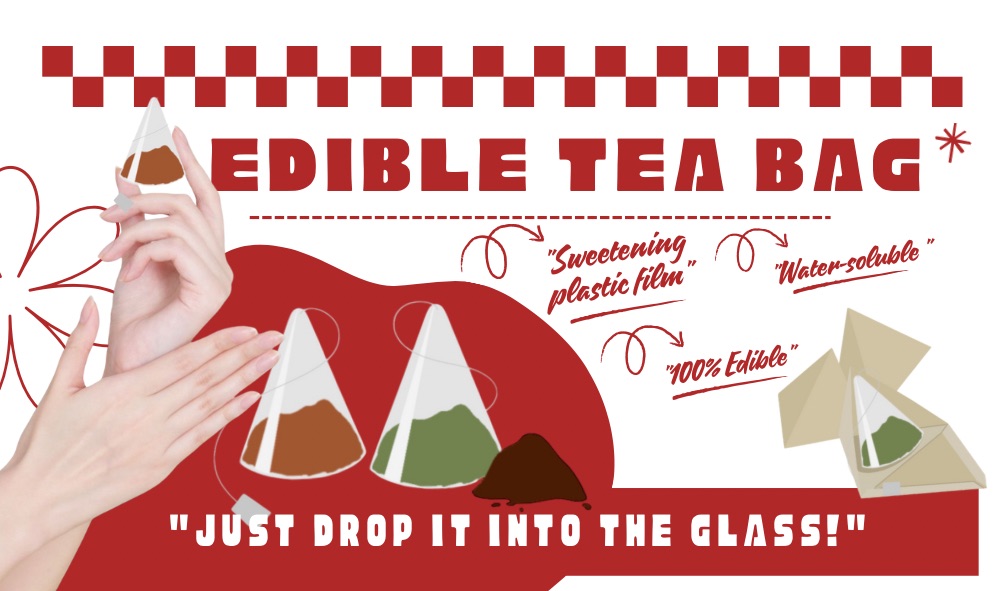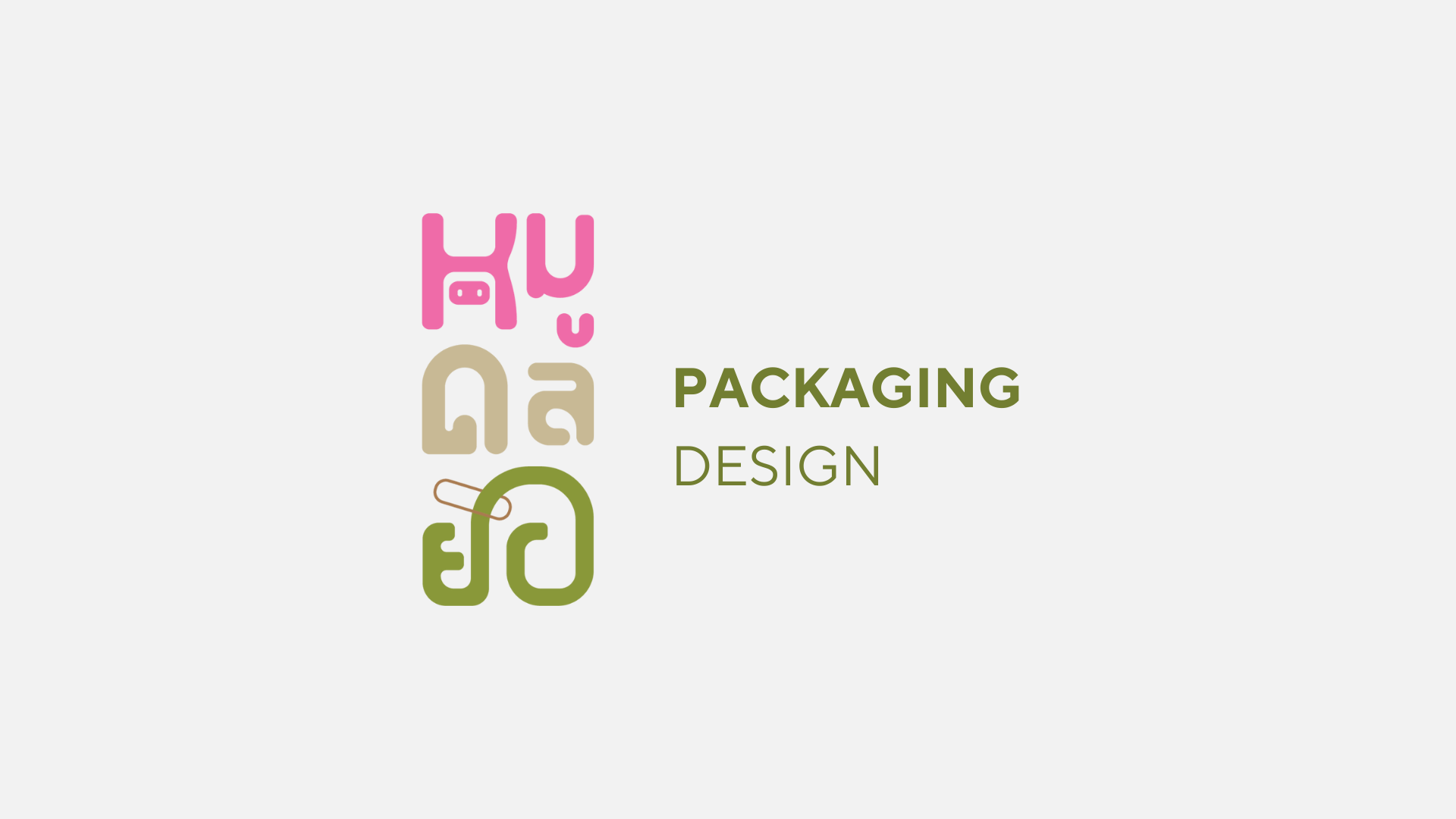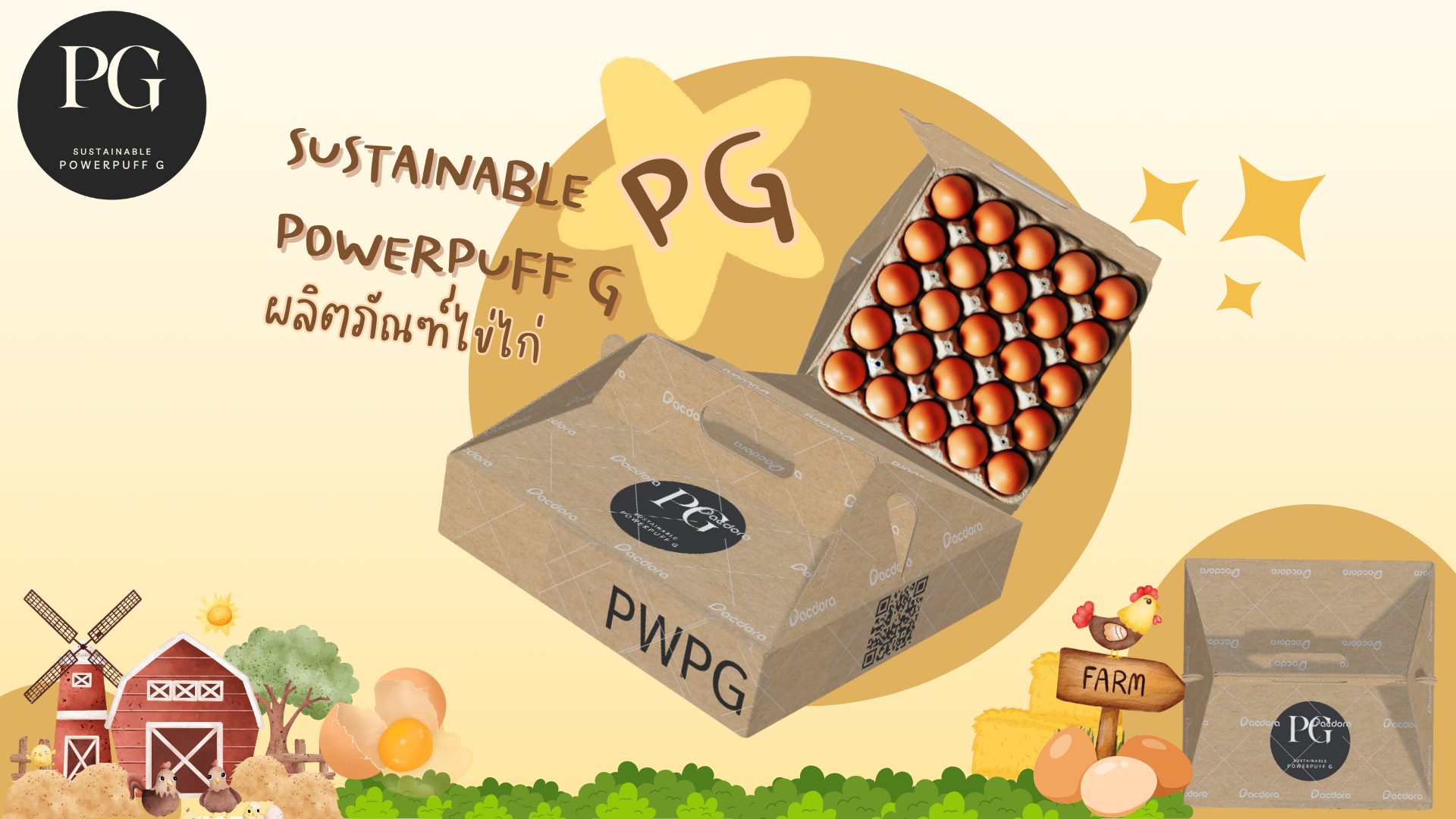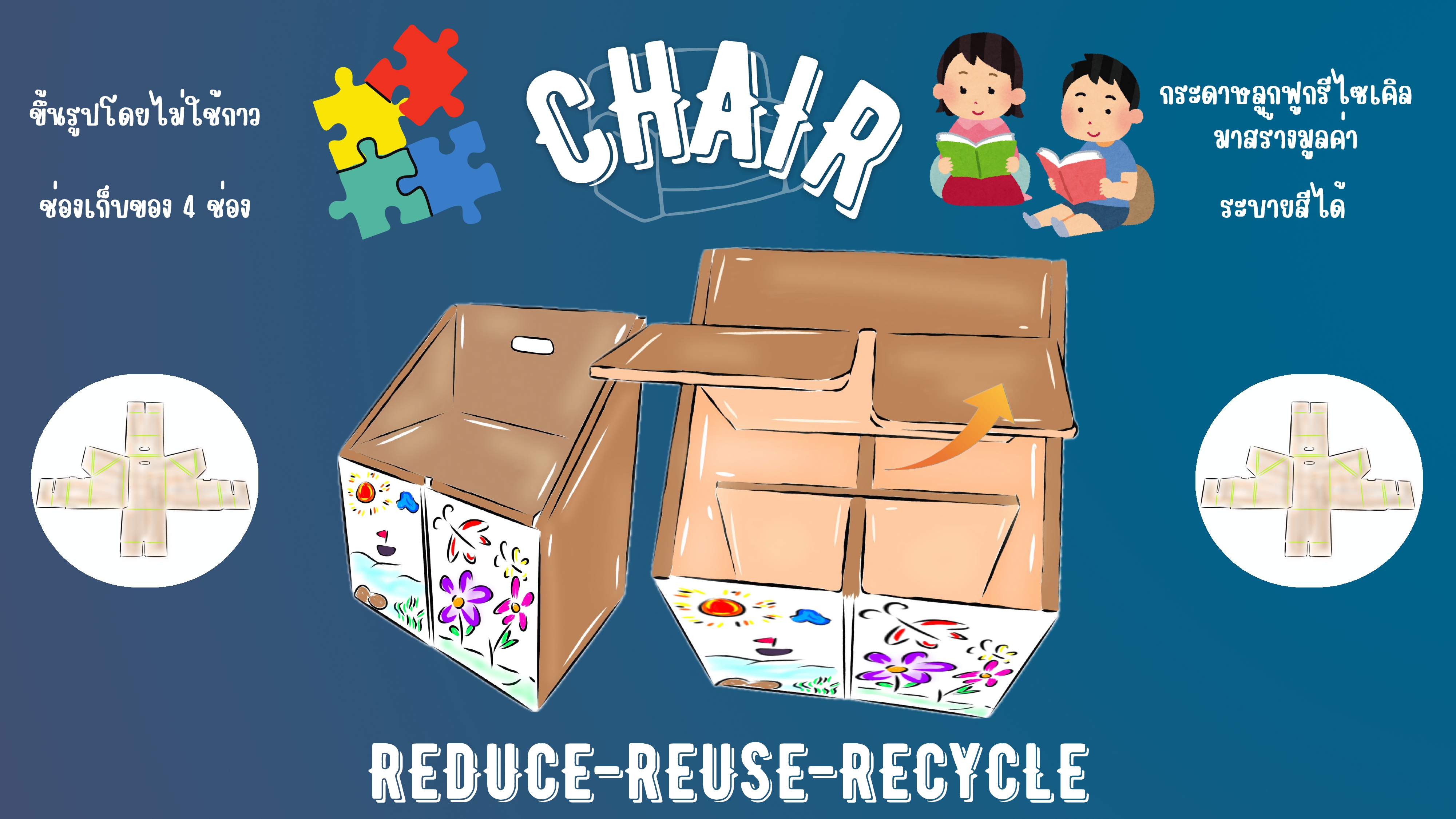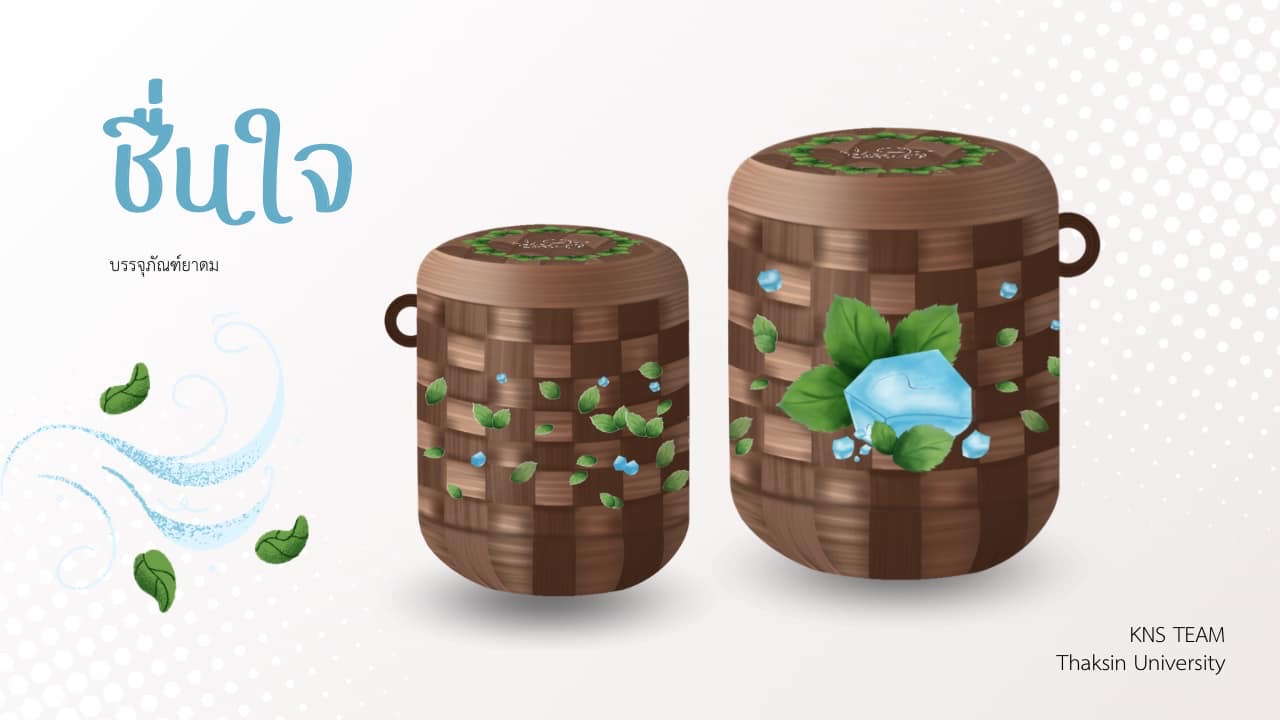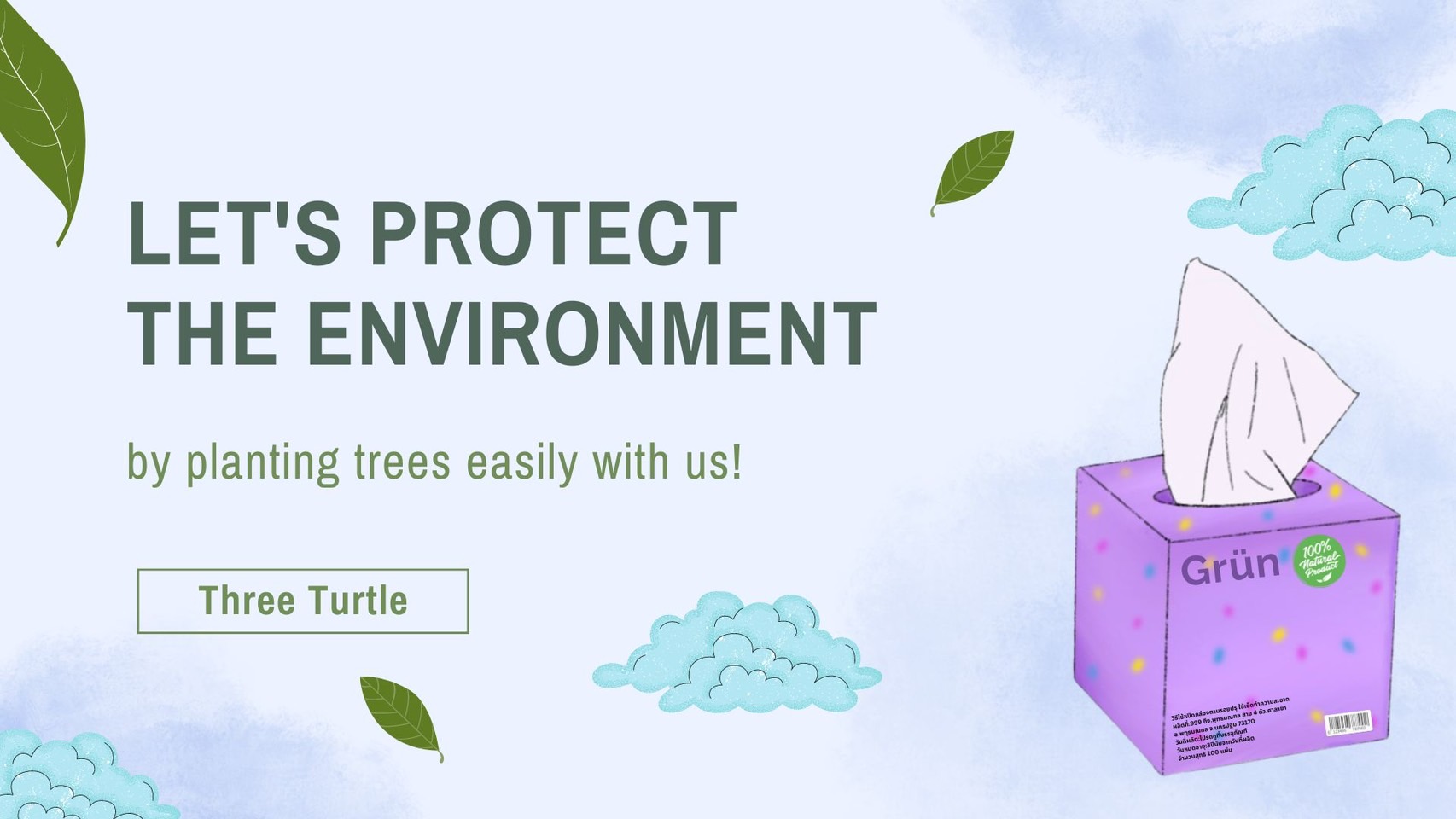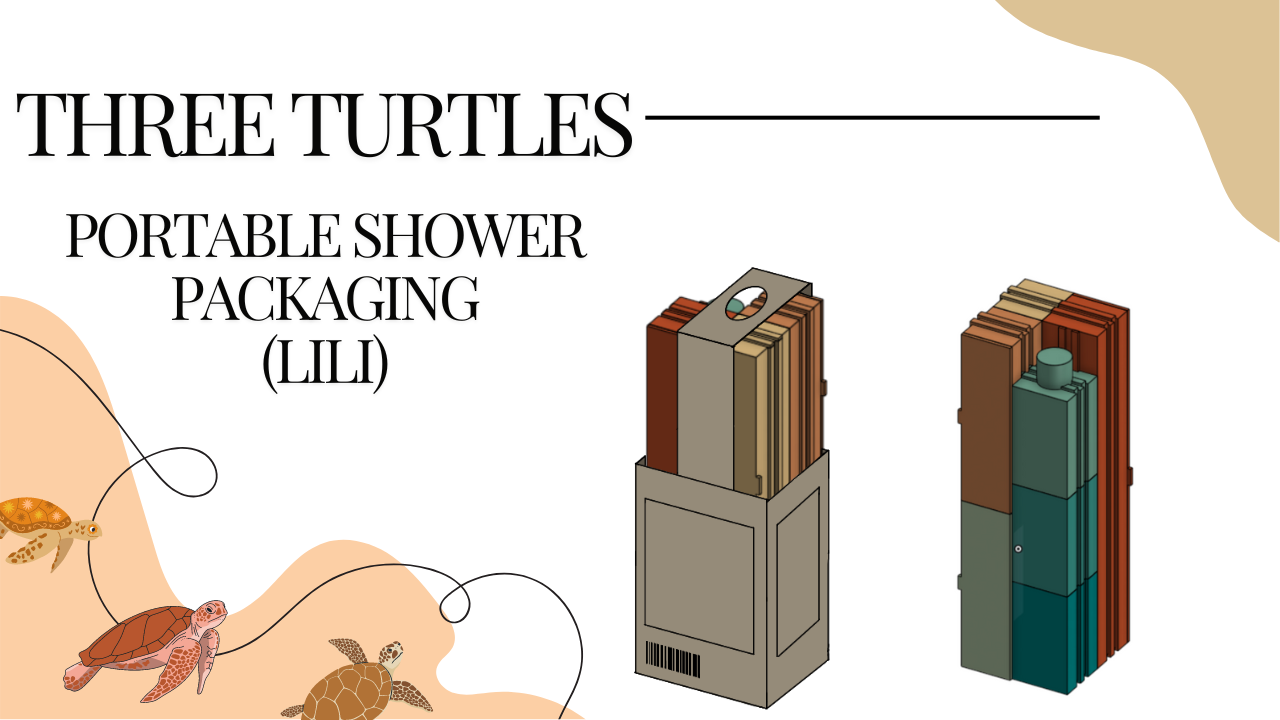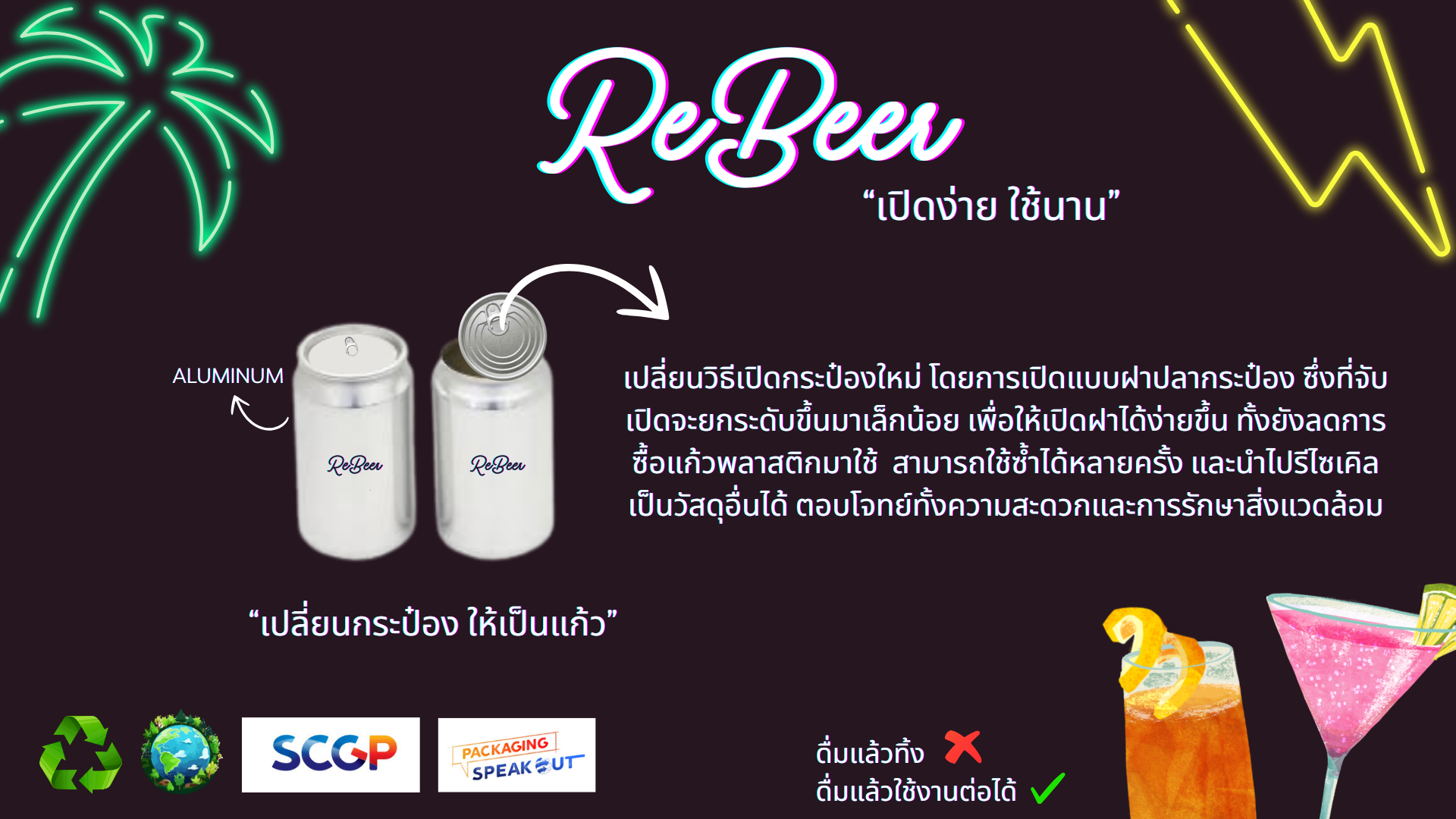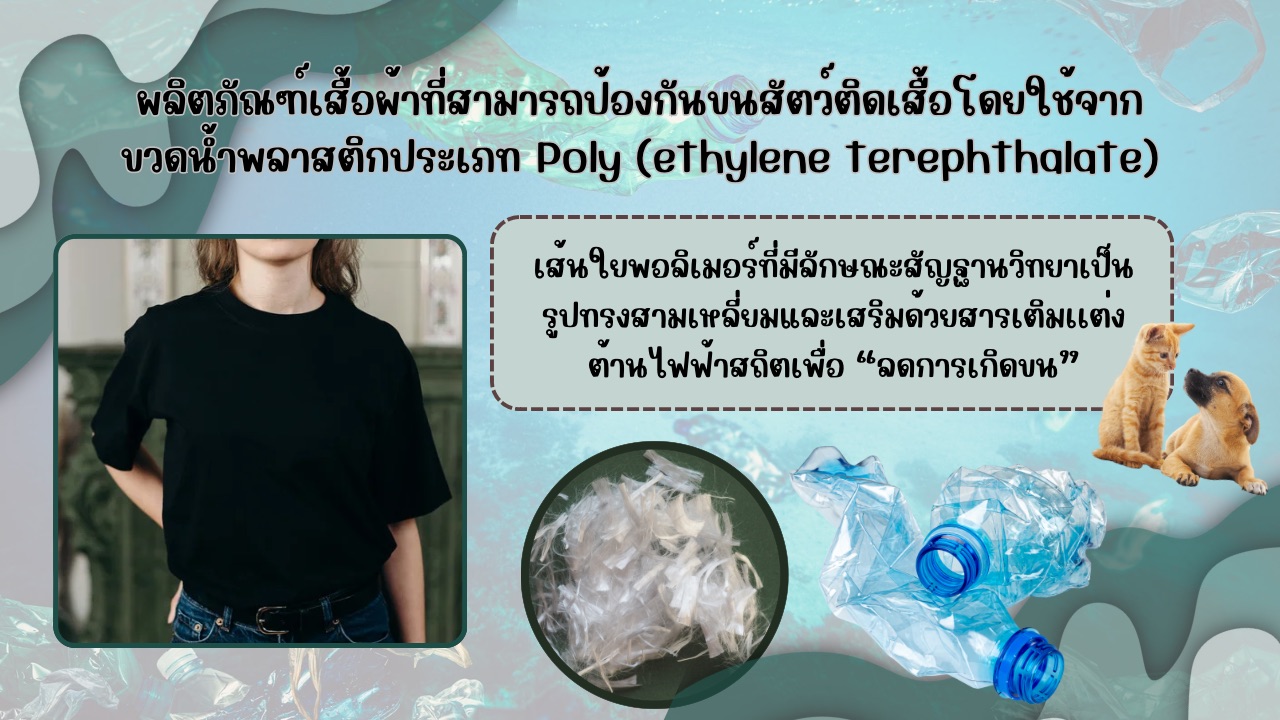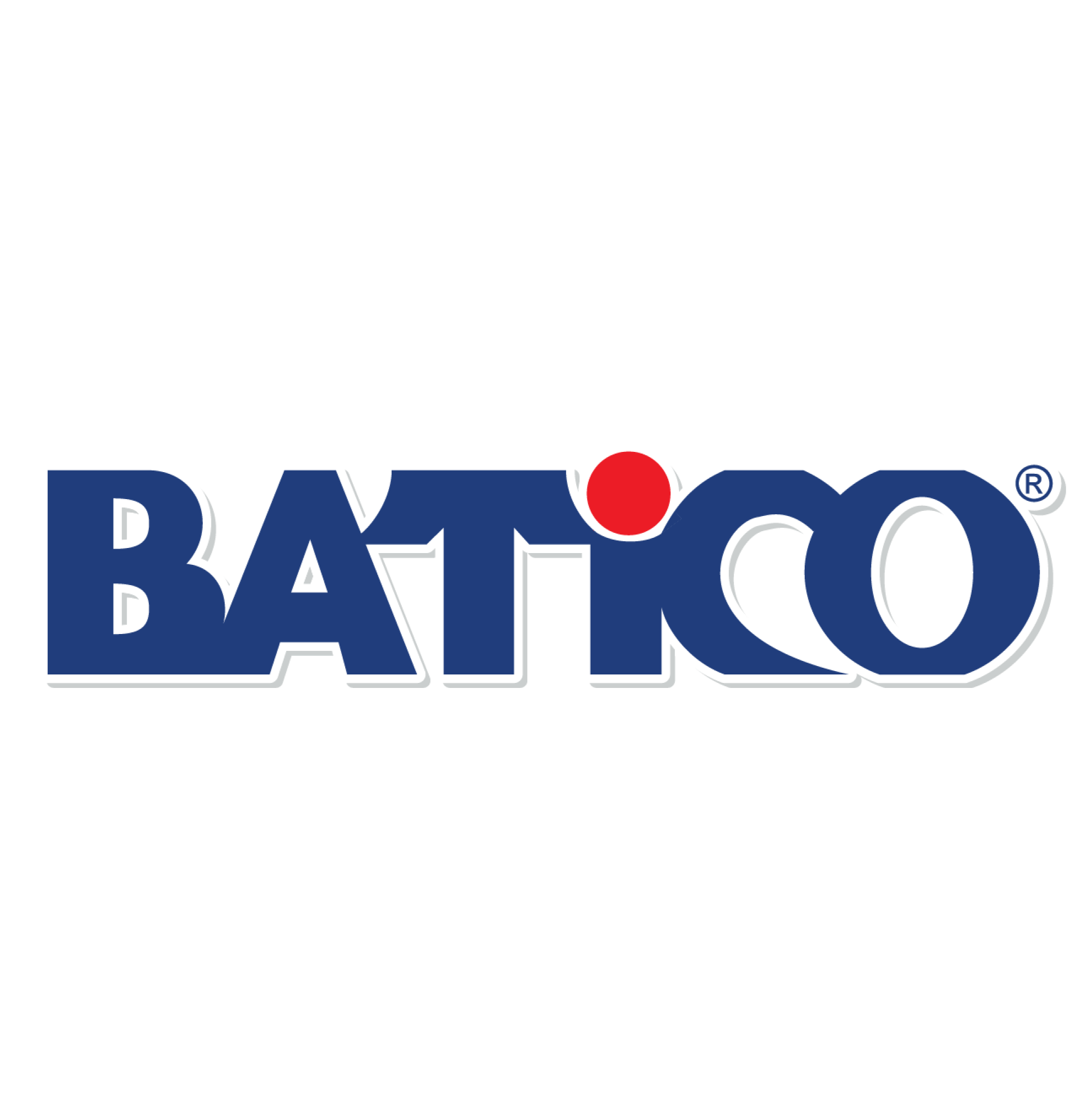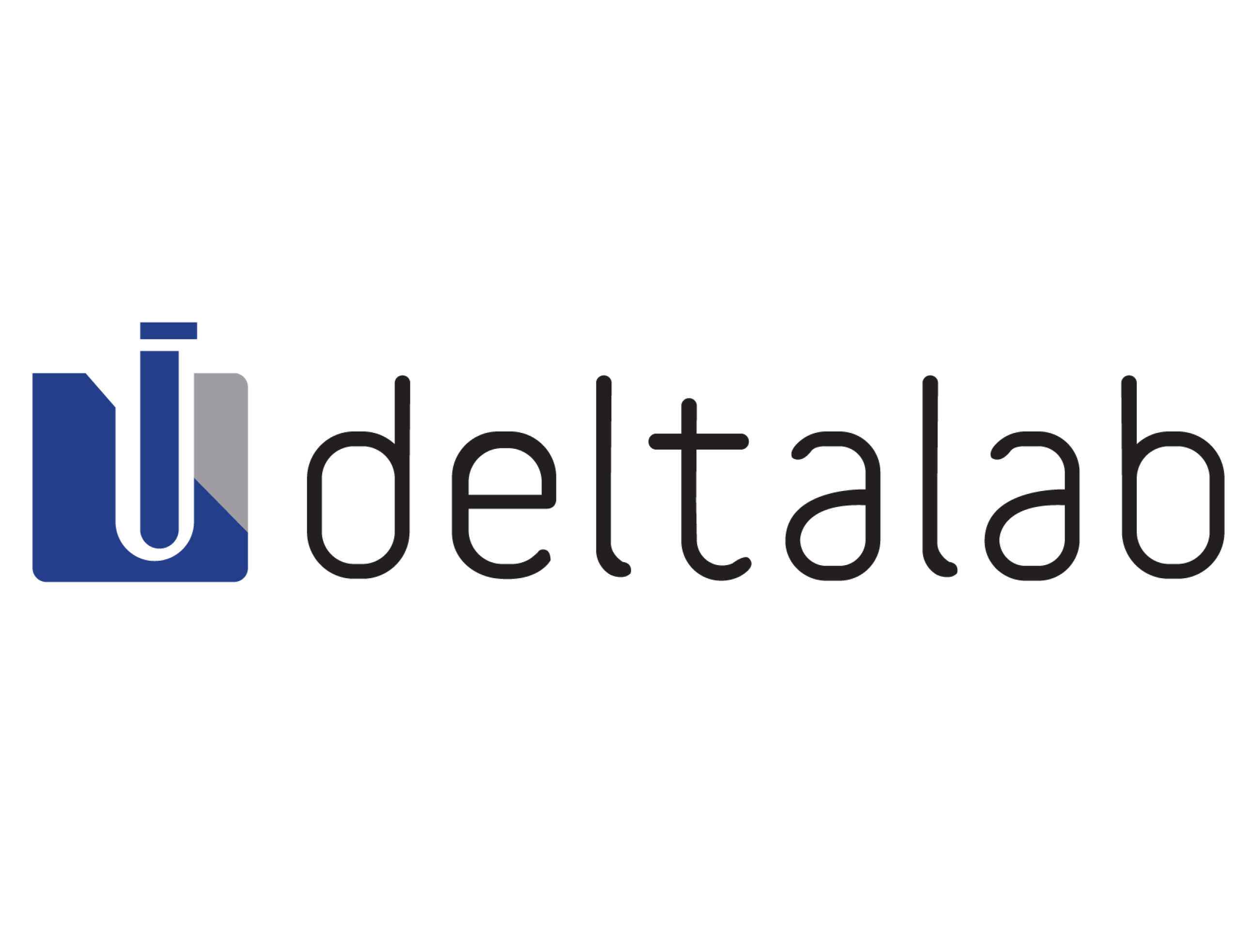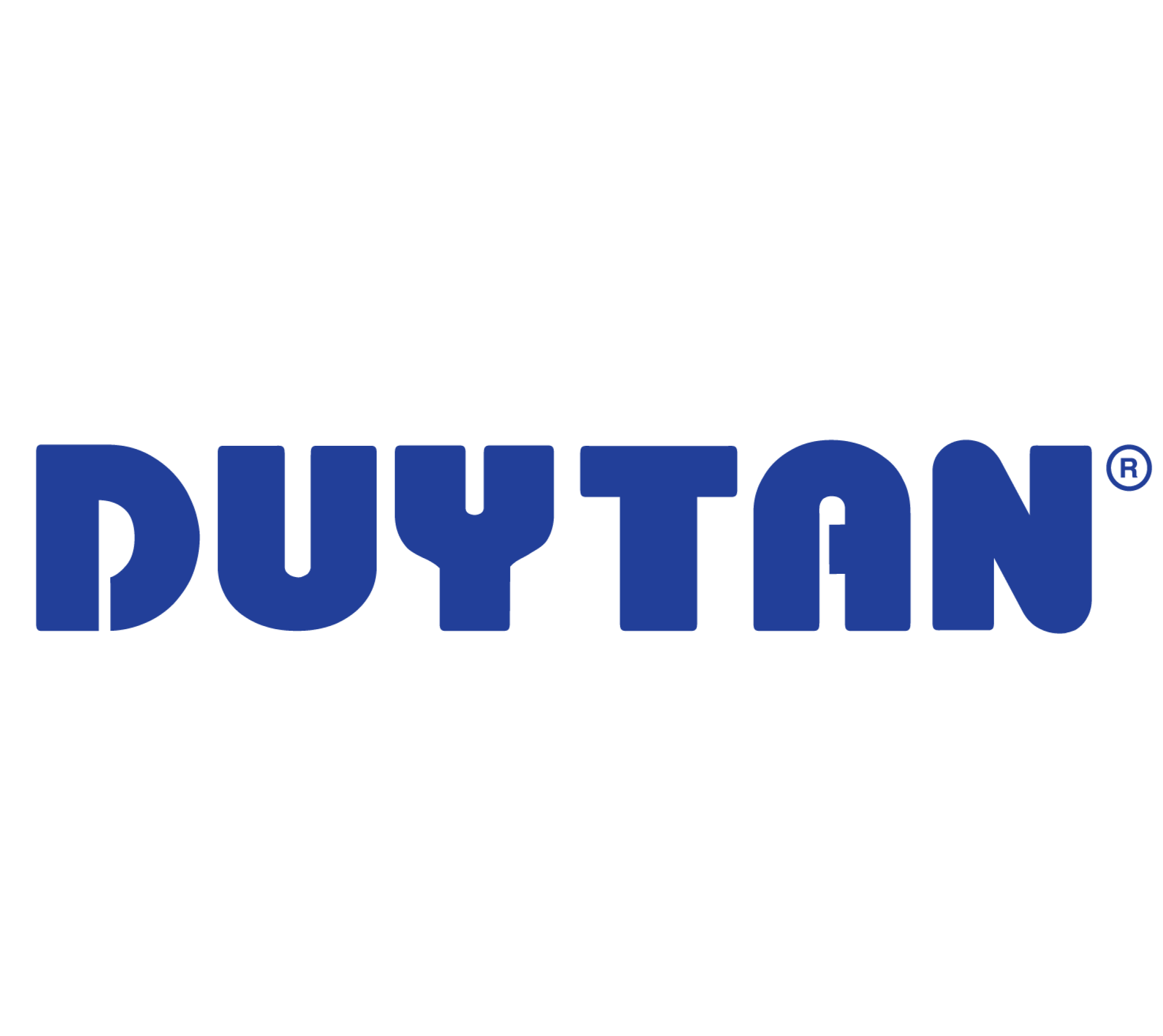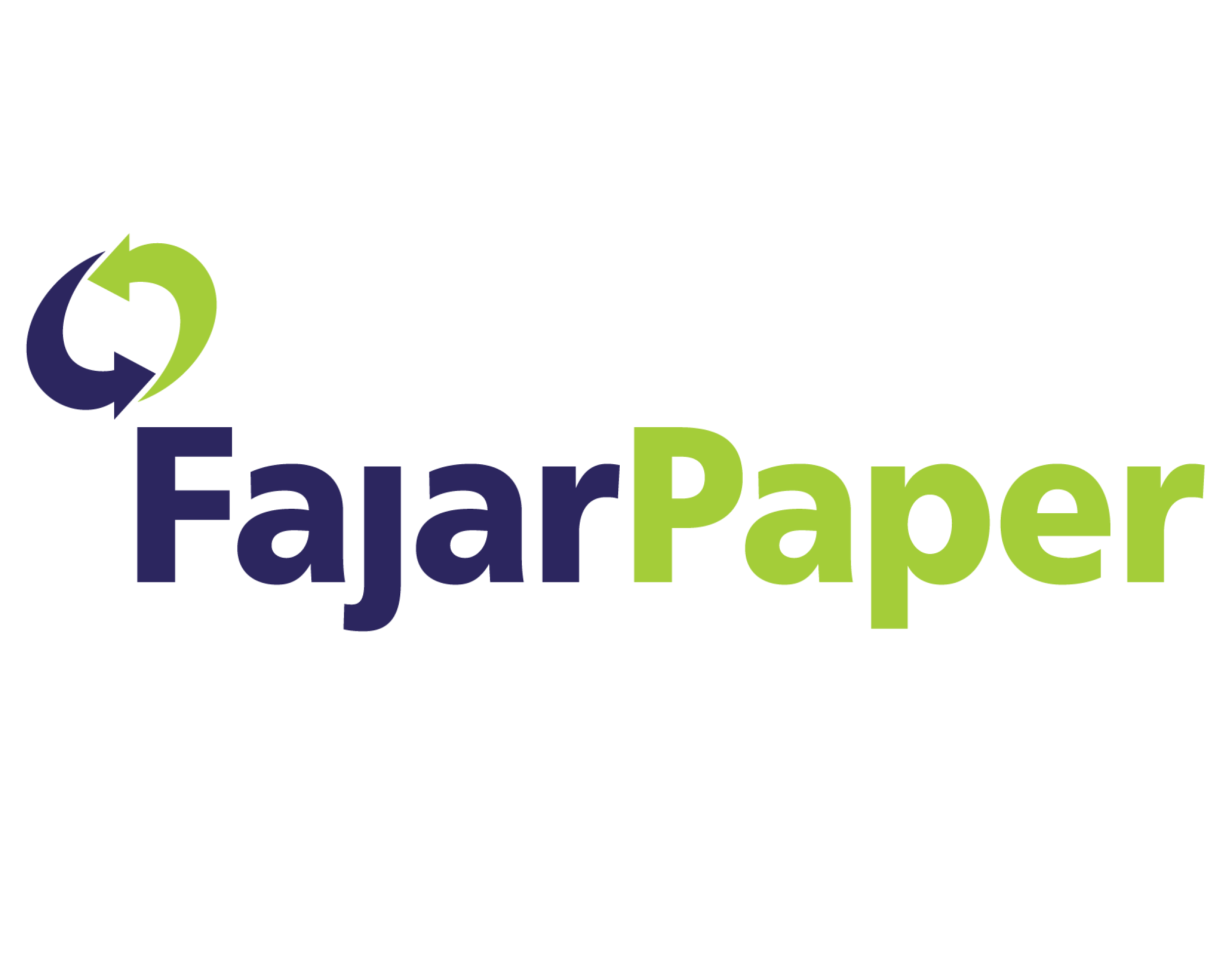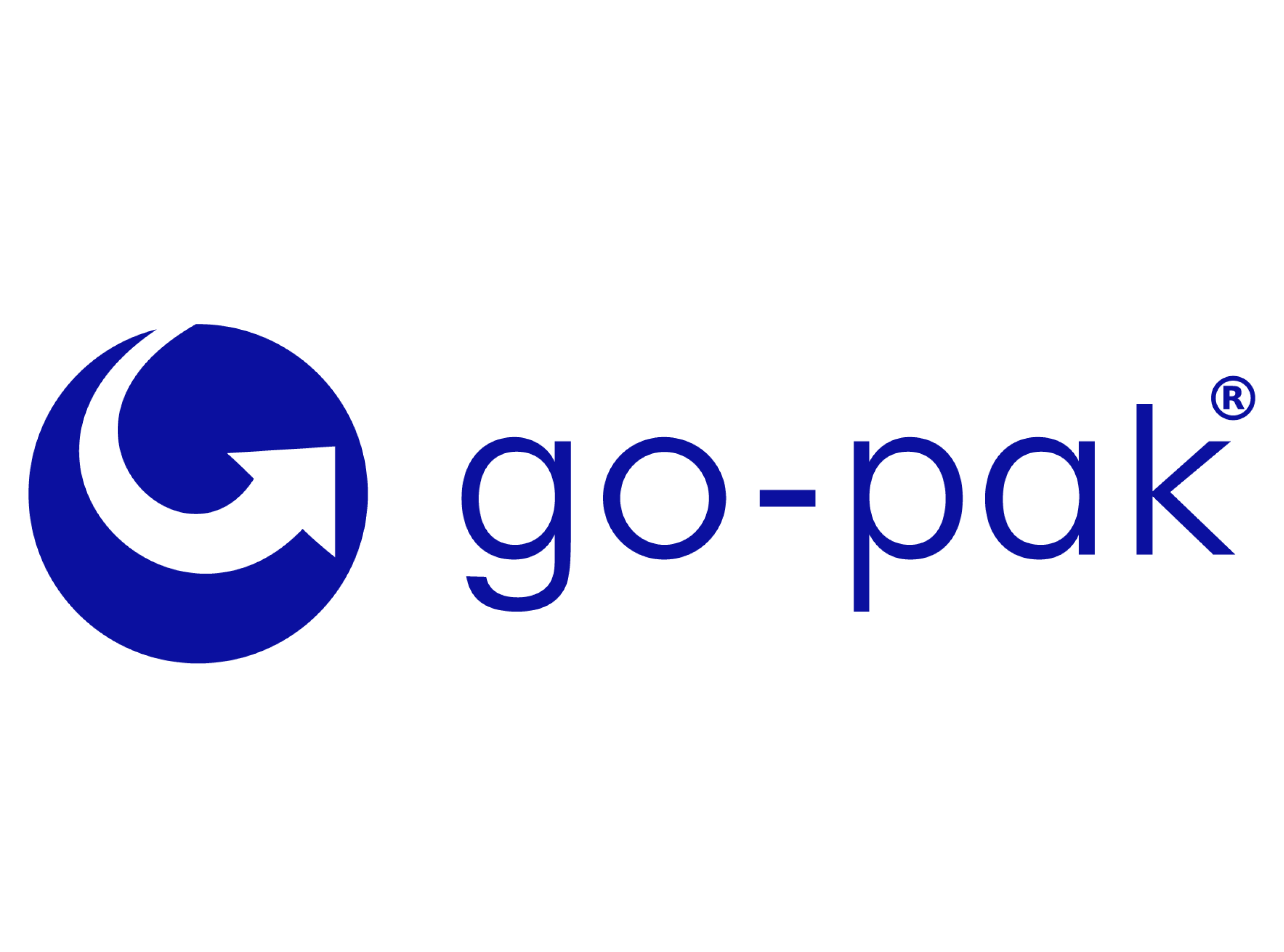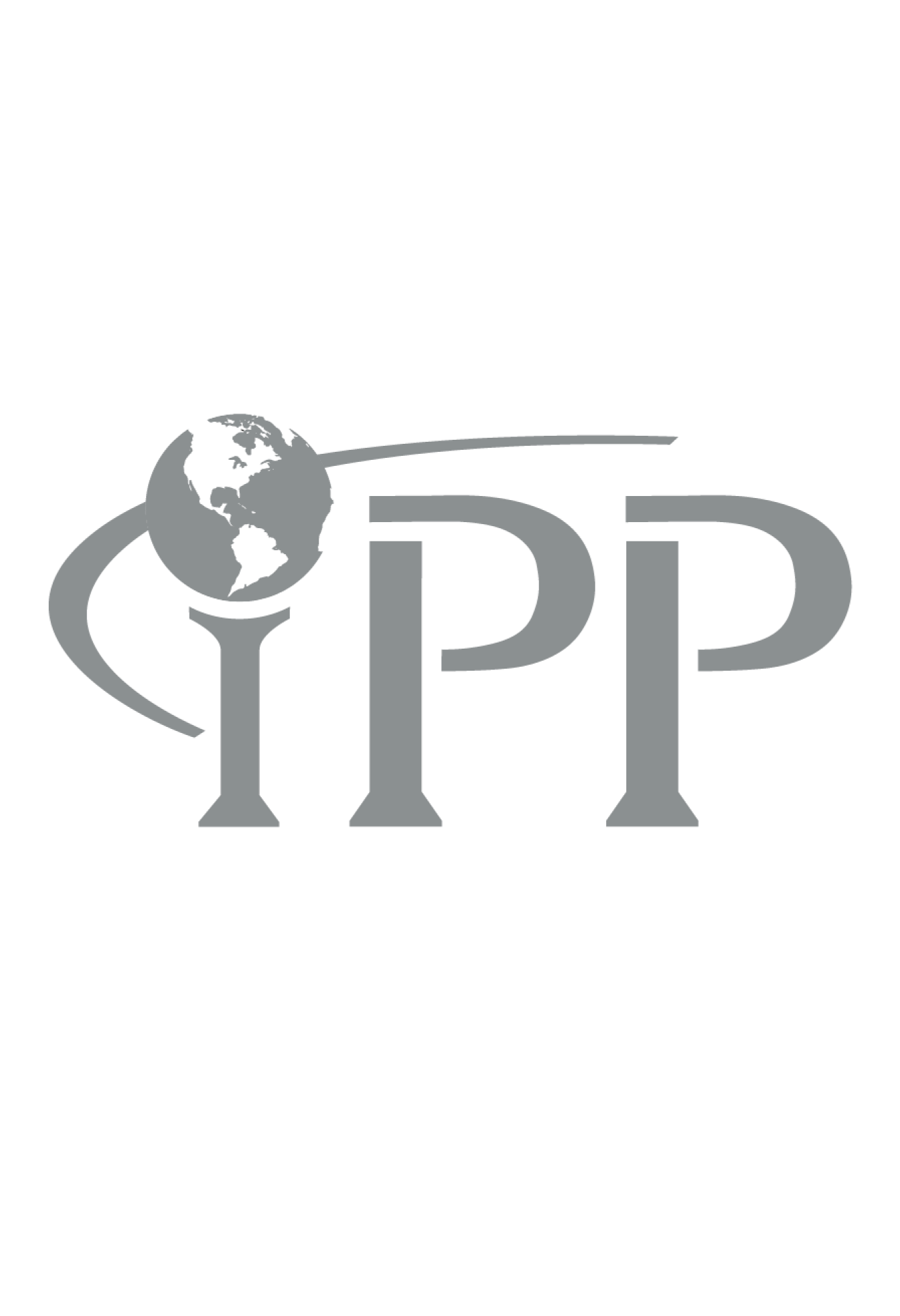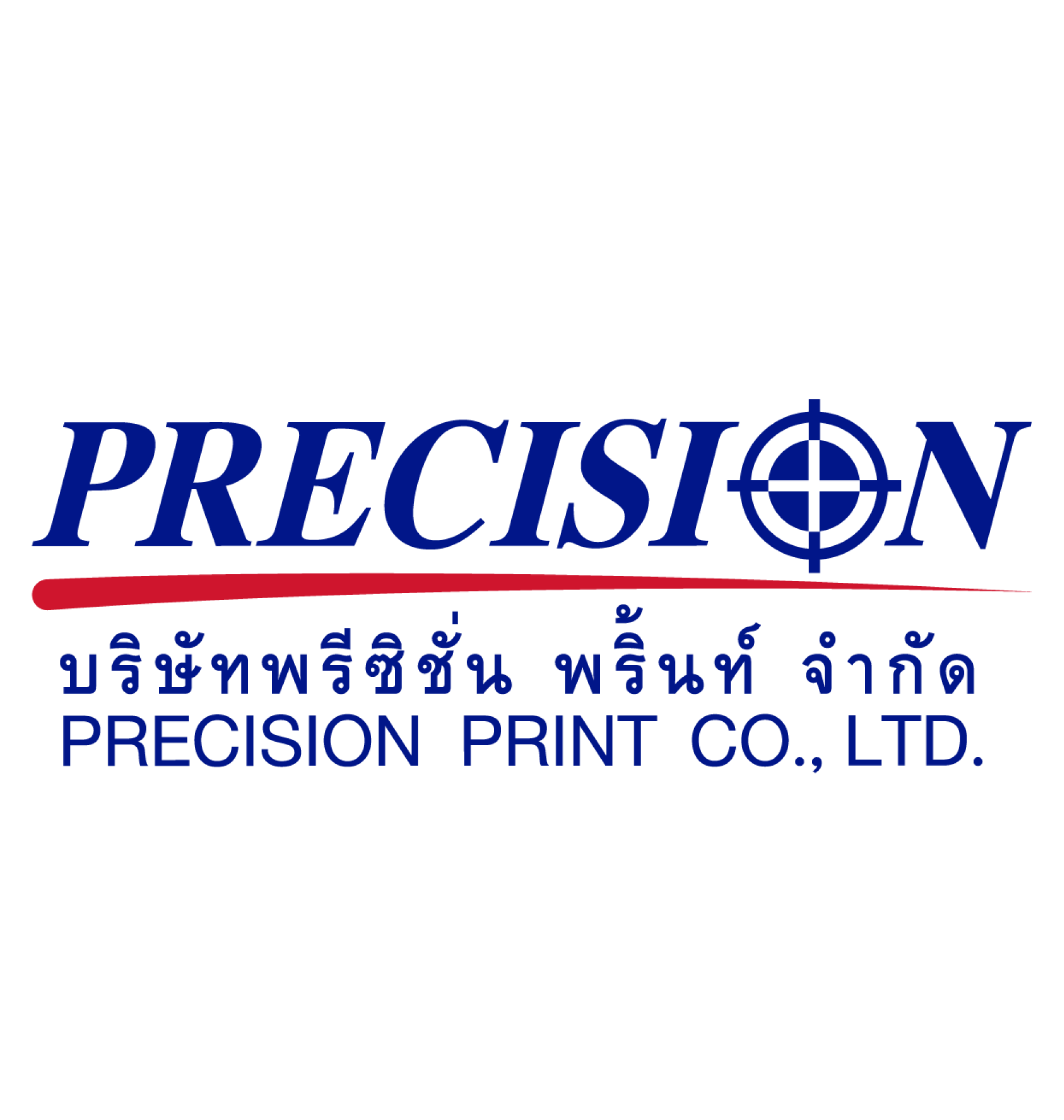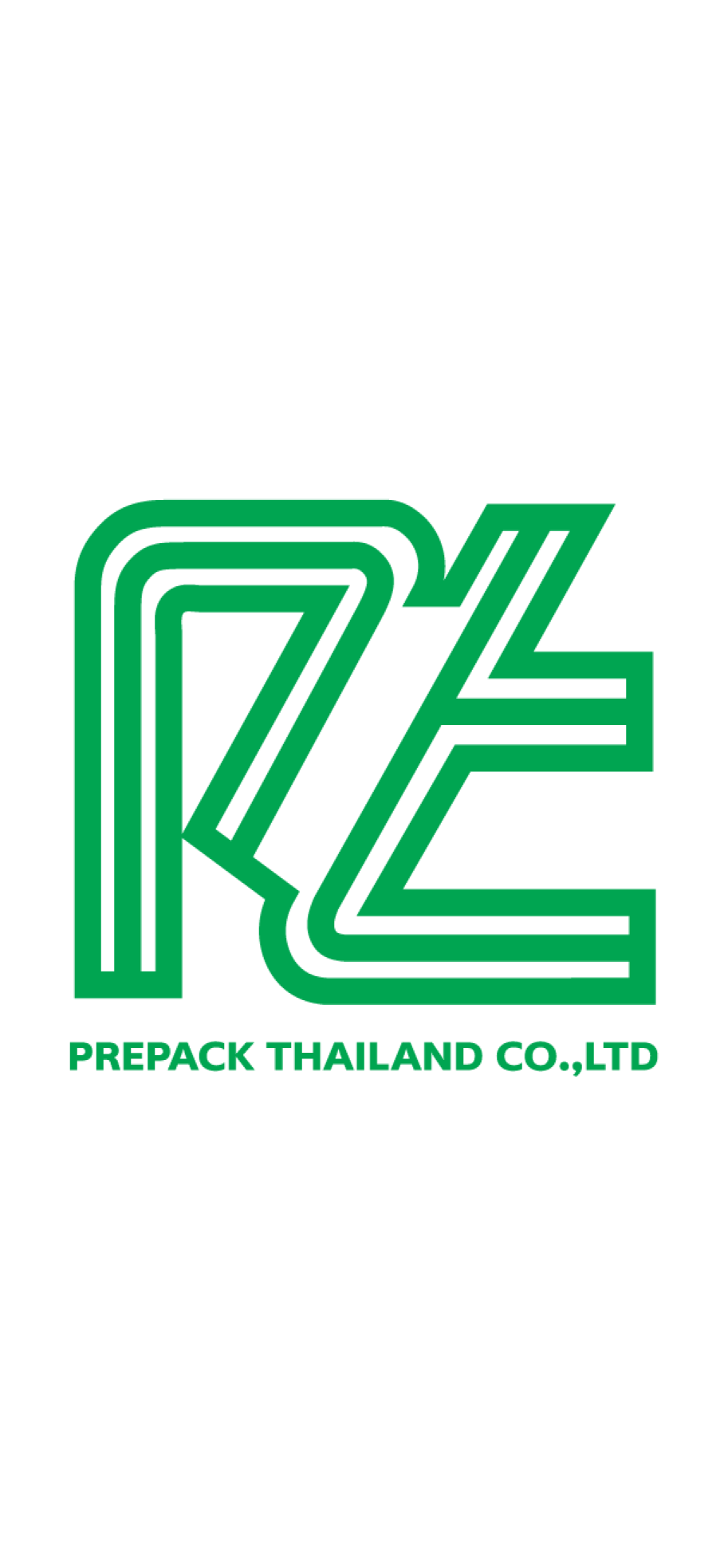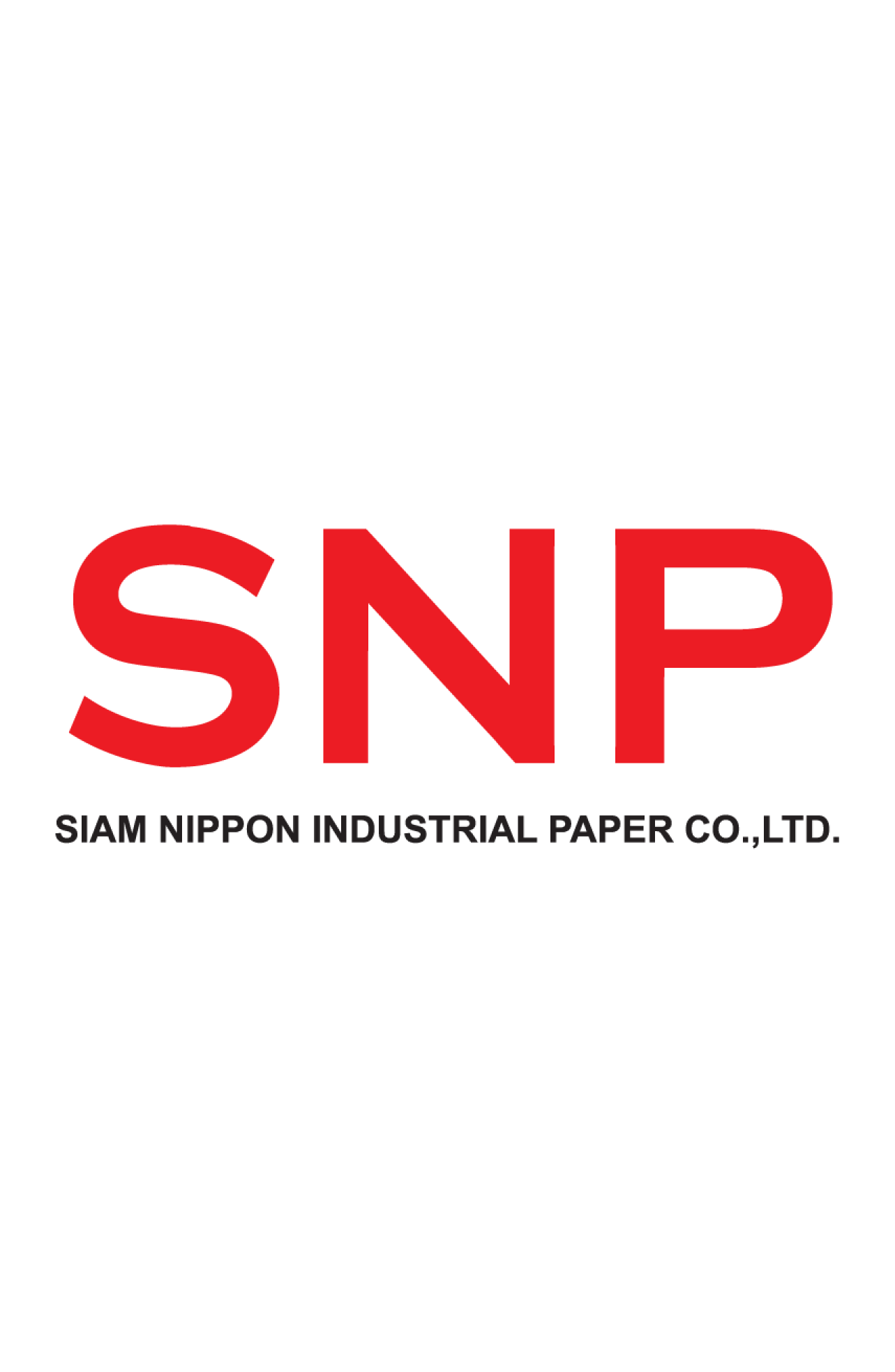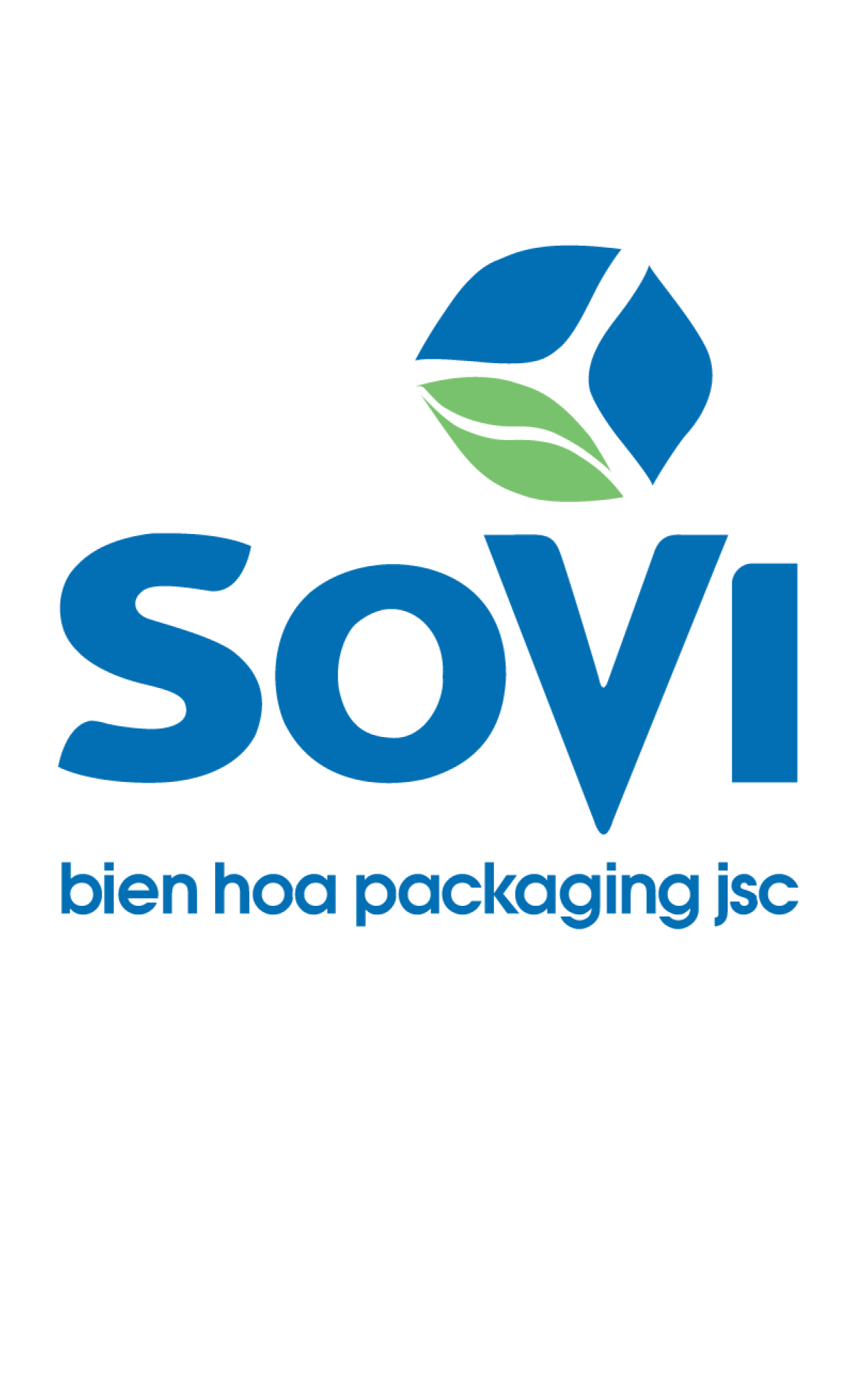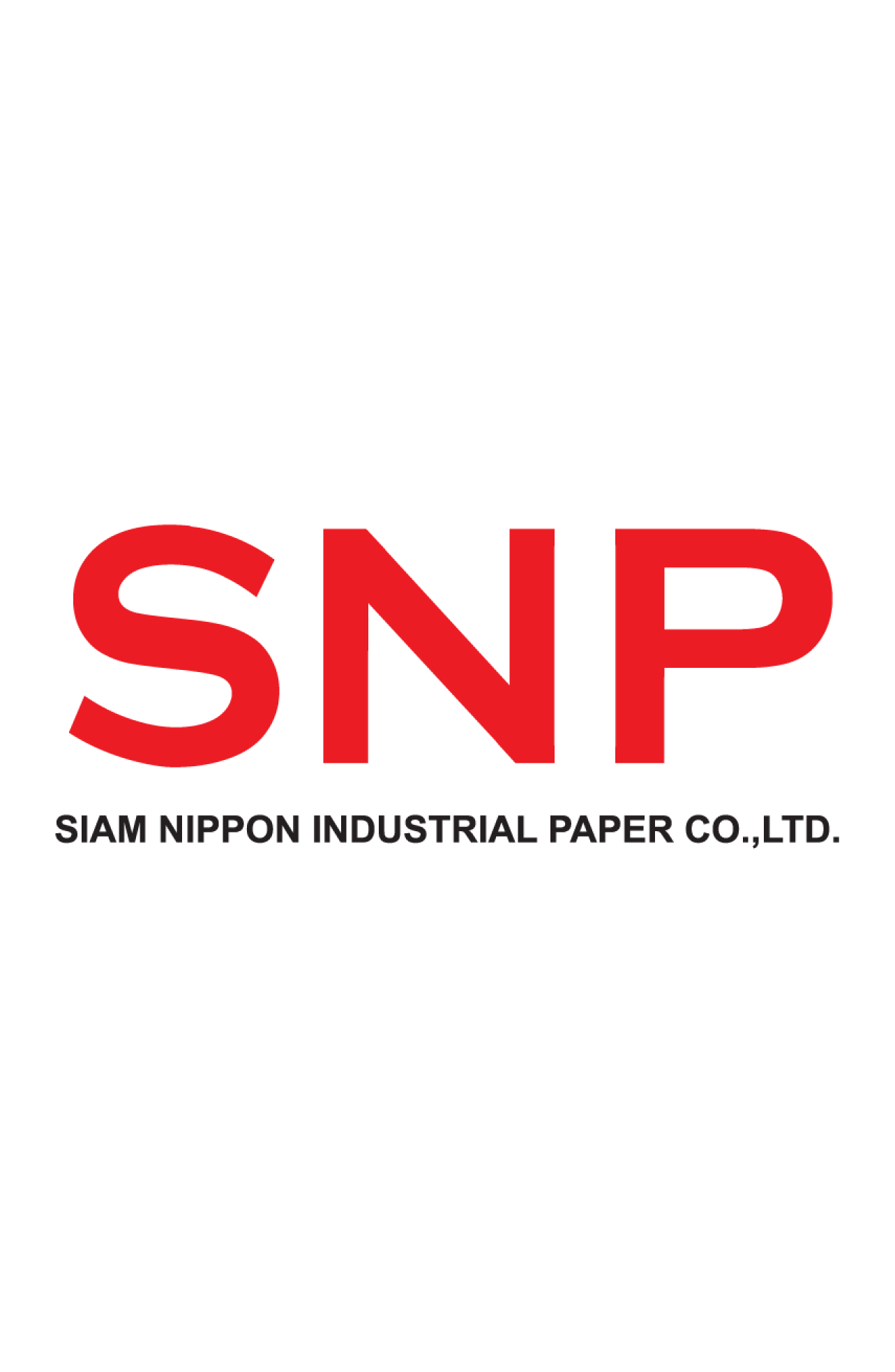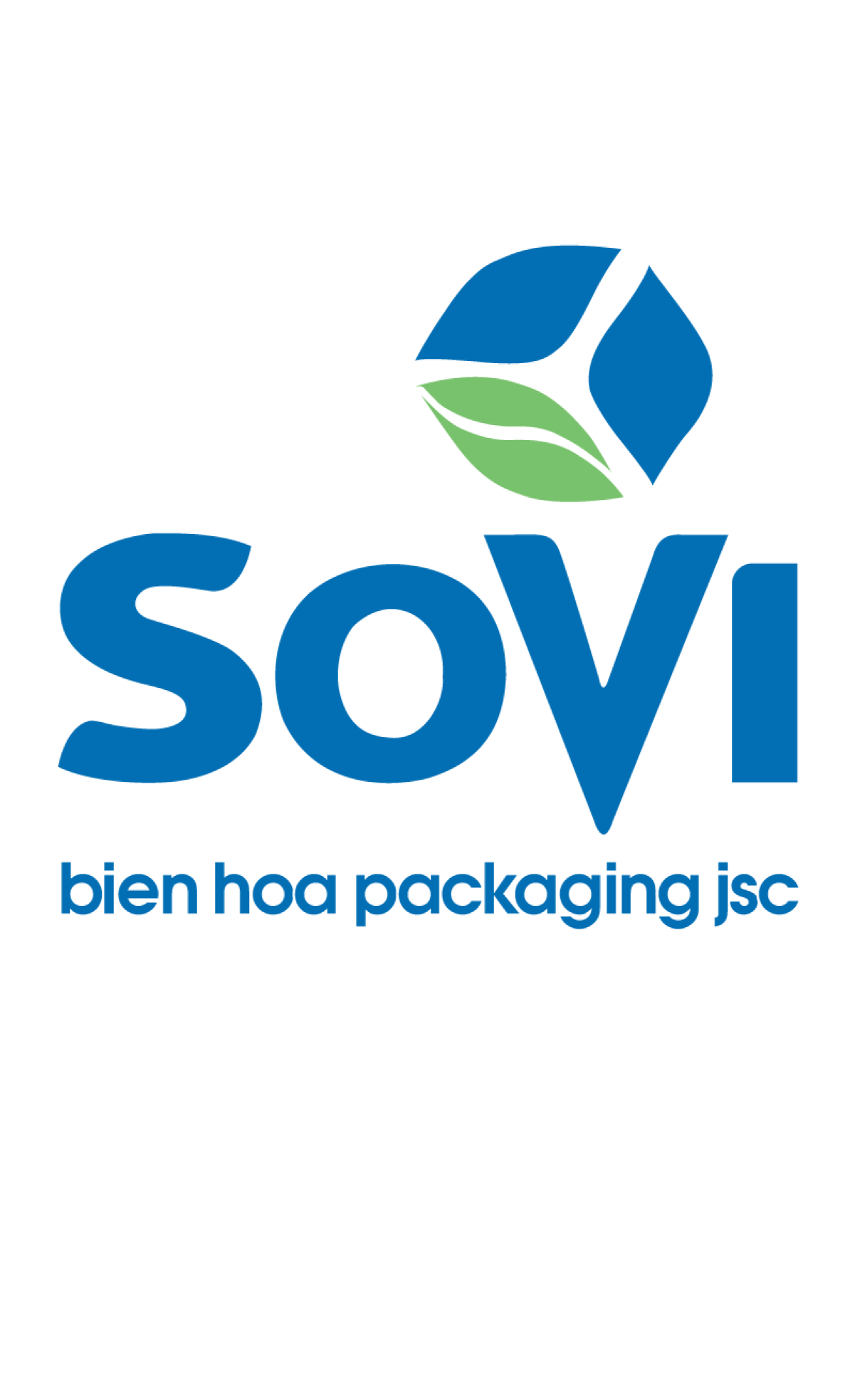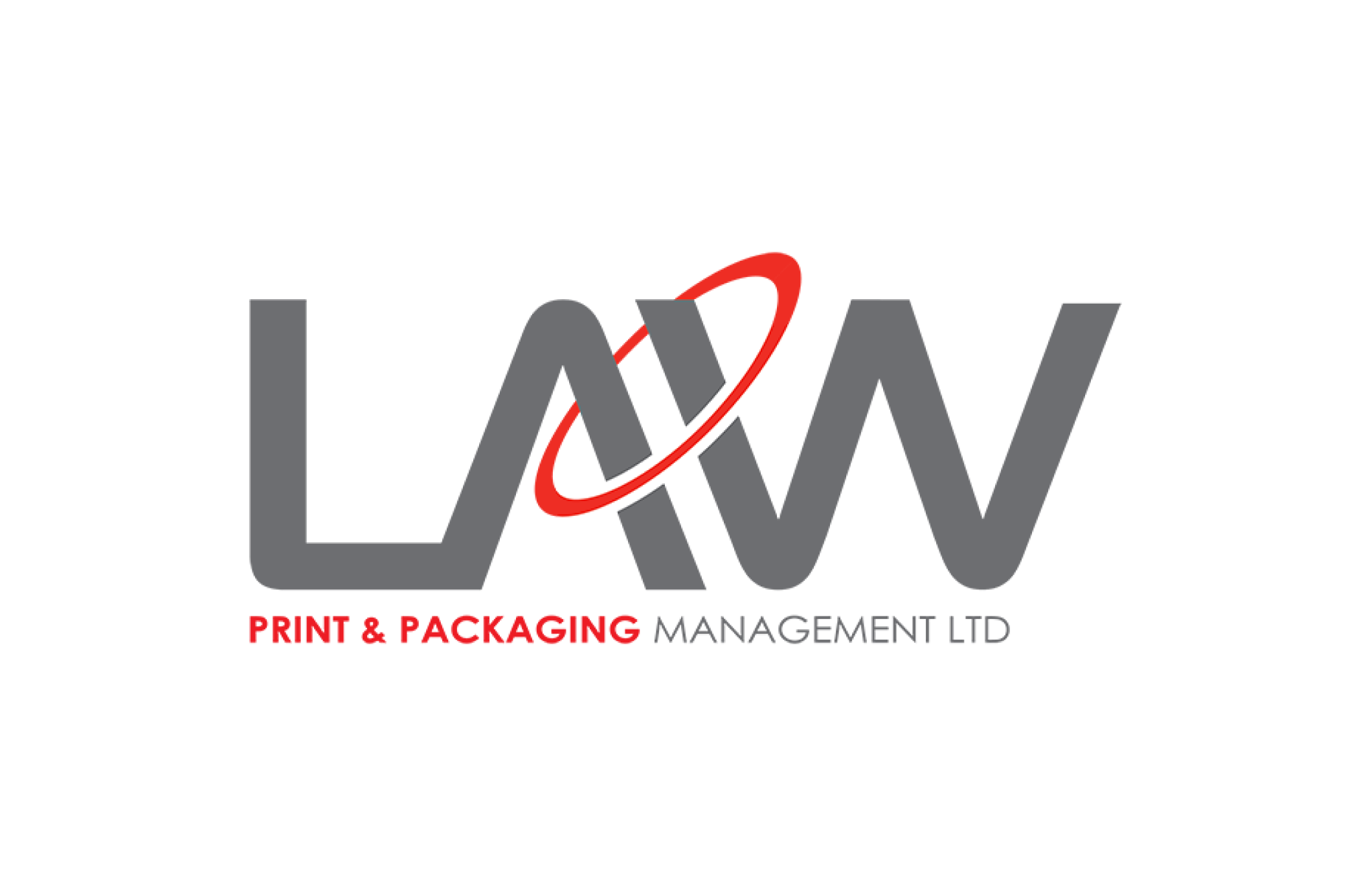TUNG-TUNG
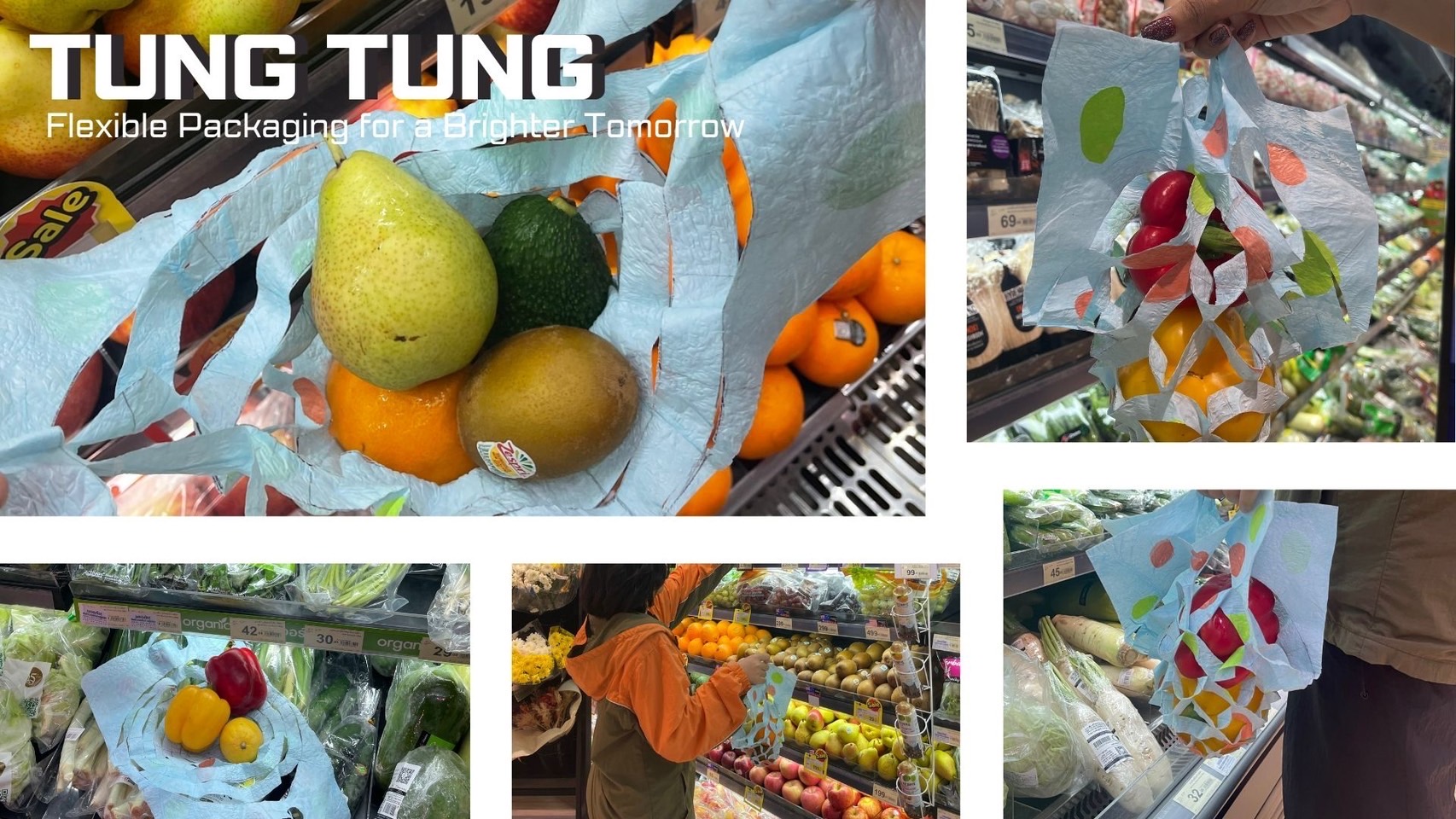
Team : BBJ
Member
Ms Kanokpon Meesuwan
Ms เบญจรีย์ แสงทอง
Ms เจนจิรา สุรพล
Concept: TUNG TUNG – Flexible Packaging for a Brighter Tomorrow
The "Tung Tung" packaging concept embodies the theme "Packaging for a Brighter Tomorrow" by integrating sustainability, consumer value, and environmental responsibility. This design enhances product value while addressing social and environmental concerns, contributing to a sustainable future.
Customer Analysis, Strengths, Weaknesses, and Product Value
The “Tung Tung” fruit-protecting bag is designed to meet the needs of environmentally conscious customers. The primary target groups are fruit vendors, supermarkets that prioritize social responsibility, and consumers who care about sustainability and reusable packaging.
The strengths of this packaging lie in its use of recycled materials and its flexible design, which allows it to adapt to the size and shape of the product. Additionally, it incorporates local cultural elements, making it unique and adding value to the product. However, the weakness of this packaging is its limited usage to fruit products, and the production process may incur higher costs compared to new material packaging.
In terms of product value, the “Tung Tung” bag offers protection for the product while promoting sustainability by reducing plastic waste and encouraging the reuse of materials. It reflects both the environmental responsibility of the consumers and retailers who choose it, aligning with the growing trend of sustainable consumption.
Marketing Concept and Market Information
The marketing concept for the “Tung Tung” packaging focuses on communicating sustainability and the use of recycled materials, which are increasingly important in today’s market. The presentation of the product's connection to local culture not only creates a unique identity but also differentiates it in a highly competitive market.
Market data indicates that the demand for eco-friendly packaging is steadily increasing. Consumers are placing greater importance on products that are reusable and are willing to pay a premium for packaging that supports sustainability. This trend is particularly evident among environmentally conscious consumers, such as those who prefer organic or nature-friendly products. These market tendencies provide a solid opportunity for the “Tung Tung” packaging.
Marketing Plan
The marketing plan for the “Tung Tung” bag will focus on raising awareness through online media and social media platforms, emphasizing the key selling points of sustainability and recycling. The story of its design, inspired by local culture and its role in reducing plastic waste, will be central to the messaging. The product will initially be marketed to fruit vendors and supermarkets that prioritize environmental sustainability, with plans to expand to other like-minded businesses.
Another important strategy will involve partnering with environmental organizations to promote the product as eco-friendly packaging, further increasing its visibility and credibility among target customers who prioritize sustainability.
Brand Building Strategy
The branding strategy for “Tung Tung” will focus on differentiation by emphasizing sustainability and its connection to local culture. Highlighting the use of recycled materials and the ability to reuse the bag not only communicates the product’s environmental benefits but also positions the brand as socially responsible.
Brand-building efforts should emphasize storytelling across various platforms, including online media, print, and environmental product exhibitions. The storytelling should focus on the inspiration drawn from local culture and the environmentally friendly production process, creating a strong emotional connection between consumers and the brand
Sustainability and Innovation
Tung Tung packaging is innovatively developed by upcycling second-use plastic bags, specifically plastic handle bags that have minimal contamination from grease or oils. These plastics are easy to clean and process before production. Through a lamination process, these plastics are transformed into colorful, flexible packaging that protects fruits and vegetables during transport, while also being convenient for consumers to carry home.
The flexibility of Tung Tung packaging makes it suitable for protecting products, adjusting to the shape of the goods while maintaining durability. It is part of the Flexible Packaging category, allowing customization to fit various products.
Cultural Integration and Design Efficiency
Inspired by the traditional Tung Sai Moo craft from Northern Thailand, the packaging design uses the strength of the polymer’s fibers to create a stable structure, minimizing material use. The packaging doesn’t need to fully enclose the product but uses its structure to support and protect it. This efficiency in material use reduces waste while maintaining functionality.
The packaging is breathable, allowing product to ventilate during transportation, preventing moisture buildup that can cause spoilage. It is also reusable and can be returned to its original flat state after use, making it easy to store and transport.
Target Customer and Market Position
The primary target customer includes eco-conscious consumers, as well as retailers like fruit shops and supermarkets that are committed to environmental responsibility. Tung Tung packaging reflects an appreciation for both sustainability and craftsmanship, aligning with businesses aiming to reduce their environmental footprint.
Production Process and Environmental Impact
The production process begins by repurposing damaged or discarded plastic film bags, which normally are plastic waste. These plastic films are laminated using a low-energy process to create strong, reusable packaging. The design also incorporates vibrant colors from the original materials, enhancing aesthetic appeal without additional resources.
The selected material is Polyethylene (PE), a type of thermoplastic that can be molded with low heat and is fully recyclable. Tung Tung packaging can be recycled or repurposed indefinitely, contributing to the circular economy and reducing plastic waste.
By focusing on Reuse and Recycle, this design minimizes energy consumption compared to conventional recycling methods that require more complex machinery and processes.
Conclusion
Tung Tung packaging is an innovative solution that balances aesthetics, sustainability, and practicality. It not only reduces waste through creative reuse of materials but also offers a flexible, efficient, and environmentally friendly alternative for fruit and vegetable packaging. This design serves both consumers and businesses that are focused on a brighter, more sustainable future.

